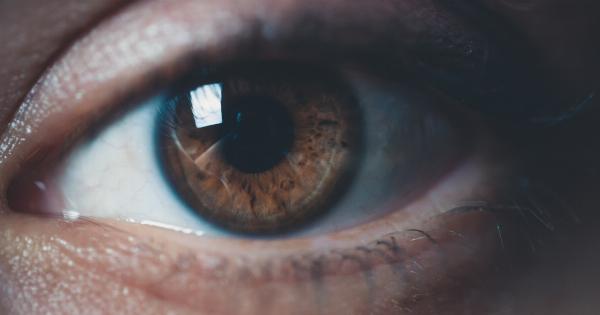Radial hyperkeratosis is a condition that affects the skin. It is characterized by a thickening of the skin on the palms of the hands and the soles of the feet.
This condition can be painful, and it can also make it difficult to grip objects or walk normally. While radial hyperkeratosis is not typically associated with cancer, recent research has uncovered a potential link between this skin condition and the development of certain types of cancer.
In this article, we will explore this link and what it means for individuals who have been diagnosed with radial hyperkeratosis.
What is Radial Hyperkeratosis?
Radial hyperkeratosis is a skin condition that is caused by the hyperplasia of the stratum corneum (the outermost layer of the skin) on the palms of the hands and the soles of the feet.
This thickening of the skin can cause pain, discomfort, and difficulty with everyday activities. While the exact cause of radial hyperkeratosis is not known, it is thought to be related to excessive friction and pressure on the skin.
The symptoms of radial hyperkeratosis typically include thickened skin on the palms of the hands and the soles of the feet. This skin may be rough, scaly, and cracked, and it may also be painful.
In some cases, the thickened skin may also have a yellowish or brownish coloration.
The Link Between Radial Hyperkeratosis and Cancer
In recent years, researchers have discovered a potential link between radial hyperkeratosis and cancer. Specifically, individuals with this skin condition may be at an increased risk for developing squamous cell carcinoma (SCC), a type of skin cancer.
SCC is a type of cancer that develops in the squamous cells that make up the outer layer of the skin. It typically appears as a red, scaly patch on the skin, but it can also present as a firm, raised nodule or a sore that does not heal.
SCC can be aggressive and may spread to other parts of the body if left untreated.
The exact mechanisms by which radial hyperkeratosis may increase the risk of SCC are not fully understood.
However, it is thought that the thickened skin may be more susceptible to damage from UV radiation and other environmental factors that can trigger the development of cancer.
What Can You Do?
If you have been diagnosed with radial hyperkeratosis, it is important to take steps to protect your skin from damage and reduce your risk of developing SCC. This may include:.
- Wearing protective clothing, such as long-sleeved shirts and wide-brimmed hats, when spending time in the sun
- Applying sunscreen with an SPF of at least 30 to all exposed skin, including the hands and feet
- Avoiding tanning beds, which can increase your risk of developing skin cancer
- Inspecting your skin regularly for signs of SCC, such as new or changing moles, sores that do not heal, and patches of red, scaly skin
If you notice any changes to your skin, it is important to see a dermatologist as soon as possible. Early detection and treatment of SCC can improve outcomes and reduce the risk of complications.
Conclusion
While radial hyperkeratosis is not typically associated with cancer, recent research has identified a potential link between this skin condition and the development of squamous cell carcinoma.
If you have been diagnosed with radial hyperkeratosis, it is important to take steps to protect your skin and reduce your risk of developing SCC. This may include wearing protective clothing, applying sunscreen, and monitoring your skin for any changes. If you notice any new or changing spots on your skin, it is important to see a dermatologist as soon as possible.




























